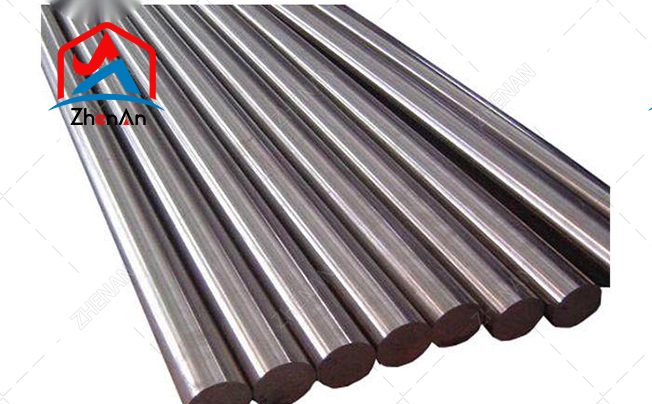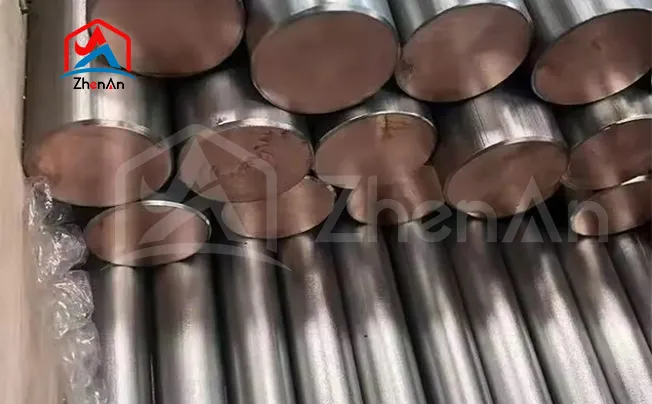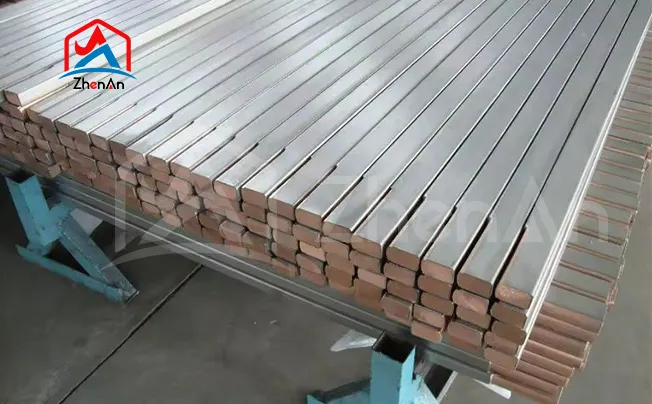
Nickel is a slightly yellowish silver-white metal that is hard, easy to polish, magnetic (not as good as iron and cobalt) and has good plasticity.
Learn more
Nickel is the 23rd most abundant element in the earth's crust.
Learn more
Titanium-copper composite rod, also known as titanium-clad copper, is a copper rod covered with a titanium layer of a certain thickness and is the main component of the metal anode…
Learn more
The value of the titanium-copper composite rod process is that it can closely combine titanium and copper into one body in terms of organizational structure, like skin and flesh.
Learn more
How to use titanium clad copper?
Learn more
What are the characteristics of titanium clad copper?
Learn more
Titanium-clad copper busbar anode is a titanium-grade copper bar with a certain thickness. It is mainly used as a bracket in electroplating, electrolysis, hydrometallurgy and other…
Learn more
At room temperature, titanium and titanium alloys are relatively stable. However, during the welding process, the wave droplets and molten pool metal have a strong ability to absor…
Learn more
Titanium rod manufacturers briefly analyze the titanium rod die forging process. Because the high pressure reduces the life of the titanium rod, when the titanium rod is forged usi…
Learn more
The editor summarizes ten points in total as follows.
Learn more